
Something’s Trickster in Denmark
Steve Whiteford, January 5, 2011
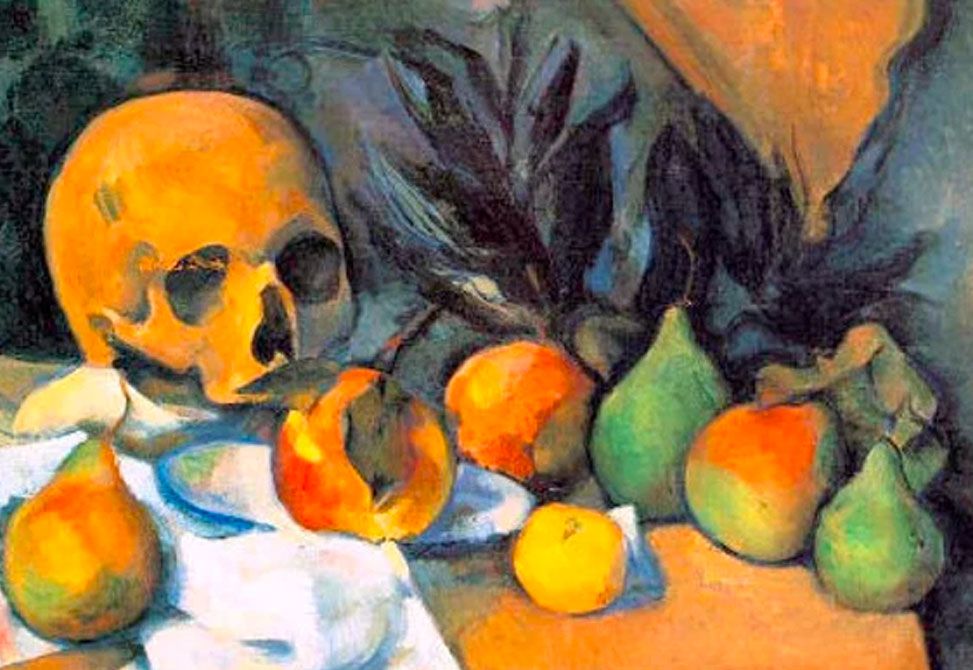
I’ve recently been observing my own Hamlet-like tendencies for self-examination and “to be or not to be” internal arguments. As I question thoughts and patterns and which archetypal voice may be speaking, I reflect on Hamlet’s doubting and note a Trickster theme throughout the Bard’s masterpiece, particularly its expression in the title character. Like Hamlet, it’s important to me to question my judgments and feelings; seeking certainty that my intentions and actions stem from sound perception. Like Hamlet I question, and the questioning reeks of Trickster.
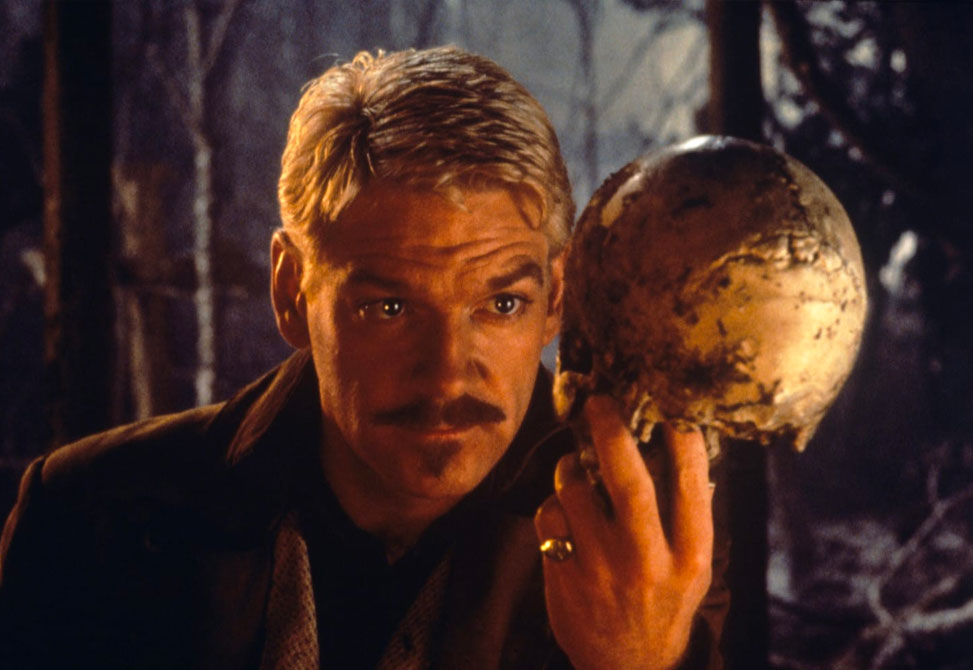
Is it possible that Hamlet’s questioning indecision is a function of his internal Trickster? I have read that to be emotionally challenged is to listen to the voice of our Trickster. The Trickster within is said to move us from just and clear cognitions to base and confounding apprehensions. Erring by doubting his Daemonic inner voice (Extraverted Feeling in the 8th position according to the Beebe model), Hamlet gives play to his Inferior Introverted Feeling and most assuredly, his inner Trickster.
The Trickster is also defined as “existing to question,” and Hamlet in his current state fulfills this role. As the future of the State of Denmark unfolds, his equivocating interpretations of the events shape our understanding, at the same time that his actions and inaction serve as a pivotal force in shaping the events themselves.
But, is it doubtful confusion or awful apprehension that whispers to him, and deafens him from heeding his inner truth? Hamlet senses the enormity of his heroic fate. Yet another dimension of Trickster is to fulfill the role of cultural hero. In many cultures the Trickster and the Cultural Hero are combined. (In the tale of the Trojan Horse, Odysseus comes up with the idea of building the Trojan Horse, a great trick enabling the conquering of Troy, and securing his place as a Greek Cultural Hero for the ages.)
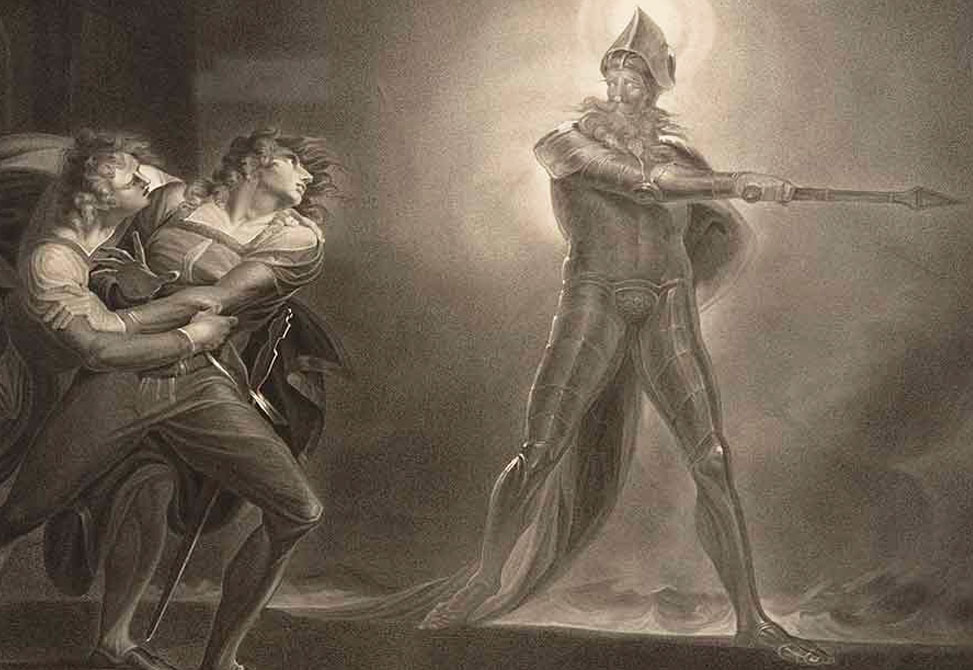
The young Prince’s inability to trust himself drives him to match Trickster with Trickster and begin to play the fool, feigning madness as a strategy to unearth the truth. True to an ENTJ type, sickened by his own uncertainty, Hamlet’s Trickster (7th function, Si) manifests as obsession, withdrawal and playing possum (feigning madness) as he meticulously mulls perceived evidences of deception and treachery. He churns these details while also exactingly dissecting his own motives: “Thus conscience doth make cowards of us all.” Yet, it is through his ruminations that Hamlet begins to realize his fate as cultural hero and to accept his role as sacrifice:
Whether ’tis nobler in the mind to suffer
The slings and arrows of outrageous fortune,
Or to take arms against a sea of troubles,
And by opposing end them?
From this point forward the plot reveals the rampant contagion of Trickster behavior in the court of Denmark:
- Polonius, father of Hamlet’s love, Ophelia, and counsel to the usurping King, also consistently plays the fool, eavesdropping, gossiping and spying. He sends spies to report on his son Laertes’ life in Paris. He counsels his daughter to deceive her true love, Hamlet. Polonius is motivated by gain to the detriment of others, and as Trickster he’s both foolish and deceitful in navigating his advance.
- Rosencrantz and Guildenstern, Hamlet’s college chums, sell out their friendship to be spies for Claudius, and usher Hamlet to England (and, unbeknownst to them, to a planned execution).
- Gertrude, Hamlet’s mother, is revealed to be an innocent fool as she schemes with Claudius to discover the source of Hamlet’s strange behavior.
Hamlet clearly sees through the other characters’ deceptions and meets them with intense displays of cunning foolery. He is incensed that they would betray him.
The questioning Prince seizes happenstance when a troop of actors comes to the palace. He takes the opportunity to design a brilliant trick by producing a play that includes a scene portraying Old Hamlet’s ghost’s account of how Claudius murdered him. The treacherous King’s fearful and horrified reaction provides the confirmation Hamlet seeks: that the spirit was indeed truthful. Hamlet now hardens to exact revenge. His fate is clear. Indulging his own Trickster fully, he abandons memory of the good in those he loved; and his actions lead to resolution of all the subplots through the jumbled series of tragic ends. Hamlet mistakenly kills the spying Polonius, and in grief over Hamlet’s rejection and his murder of her father, Ophelia drowns herself. Hamlet counter-plays the deception of Rosencrantz & Guildenstern and they are killed. Trick upon trick brings only muddled justice, as the Trickster in each is punished.

Meanwhile Claudius continues his Trickster wiles. When Laertes returns from Paris upon the report of his father’s and sister’s deaths, Claudius engages him in a deadly trick of double poison. Laertes is to challenge Hamlet to a fencing match, his desired end assured with poisoned rapier tip and poisoned cup of wine. Hamlet over-confidently and sportingly accepts the challenge (the unreliable third function, Se Puer Eterna, coming into play?) and accedes to his destiny. Fate intervenes and the foolishly innocent Gertrude drinks the poisoned wine. Treachery unveiled, Hamlet is hit with the poisoned blade and then returns the hit to Laertes, before he finally, justly, executes Claudius by making him finish the cup of poison and feel the cut of the deadly sword. All are punished. Hamlet has enacted a cleansing in the court of Denmark and has fulfilled his destiny as cultural hero.
The final triumph of the story is the entrance of Prince Fortinbras whose father, King of Norway, was killed in battle by old Hamlet. Throughout the play Fortinbras has been en route to Denmark to exact a direct and just revenge. It would seem that, unlike Hamlet, this Prince, being clear in his perception, sure in his motive, and forthright in his action, is rewarded by fate. The kingdom of his foe is handed to him with the dying blessing of young Hamlet.
Of what learning might we have been deprived had Hamlet not been predisposed to question the truth and moral basis of his own perception? Had he been able, like Fortinbras, to rise above his circumstance and skillfully, powerfully bring to bear his truth without falling prey to Trickster, what different masterpiece might Hamlet be?
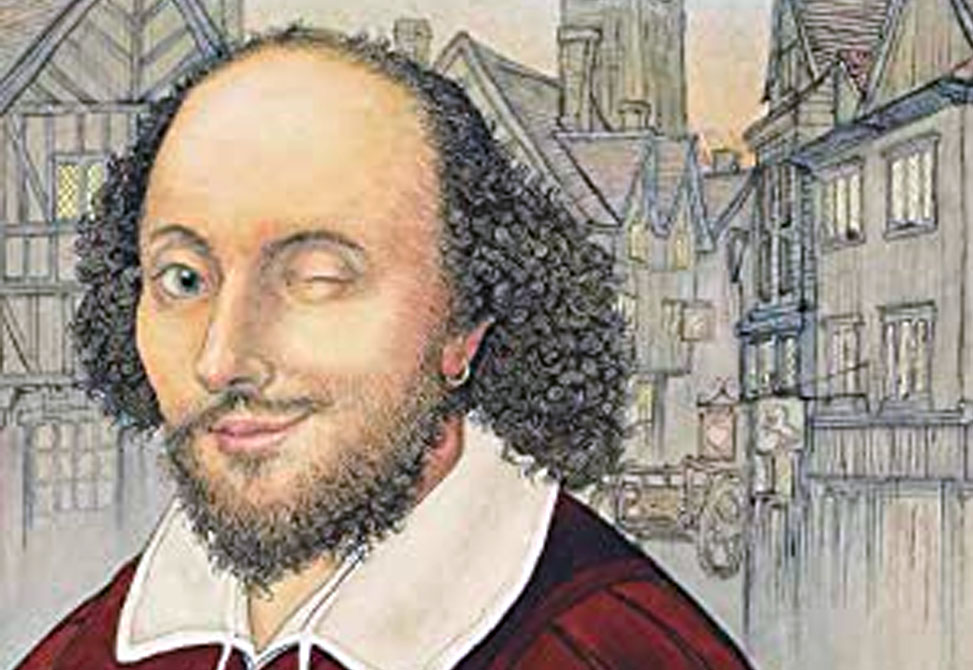
As I contemplate the play I am reminded to trust the call of strong inner feeling, to directly confront real evil, to remember and call upon the “good man potential” in those I perceive to be in error, and to never descend to match the behaviors of moral inferiors. And thus, another aspect of Trickster—Trickster as teacher—is fulfilled.







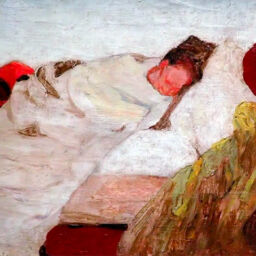


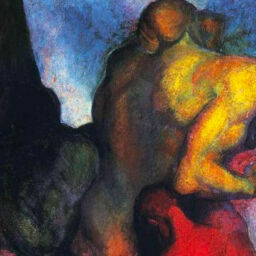




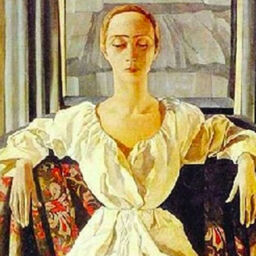
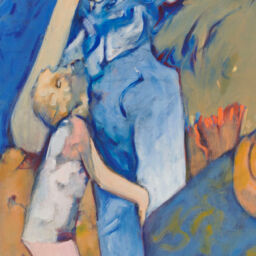

[…] This post was mentioned on Twitter by Michael Yoder. Michael Yoder said: RT @AshevilleJungCt: A trickster in Denmark; Hamlet as a cautionary tale? http://bit.ly/eYAqWI […]